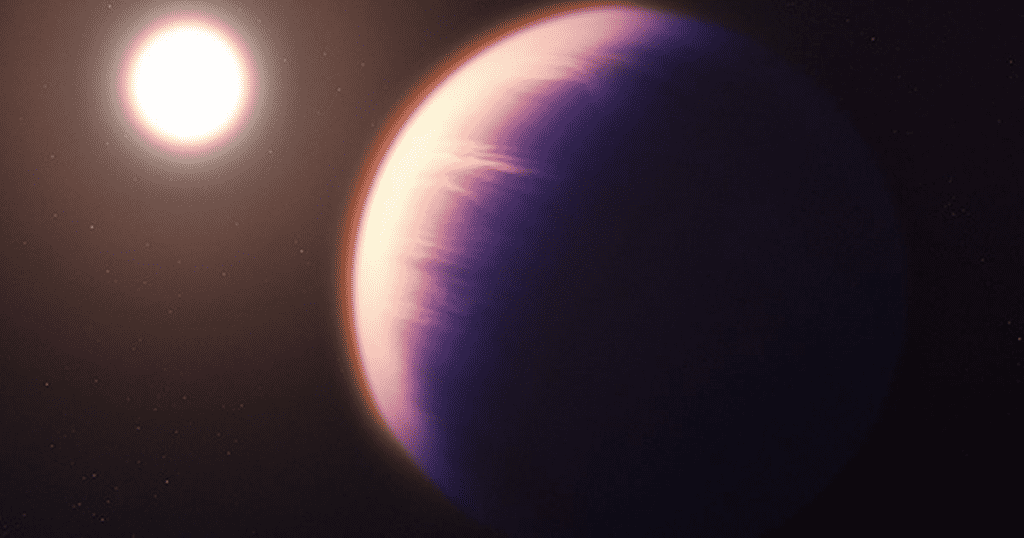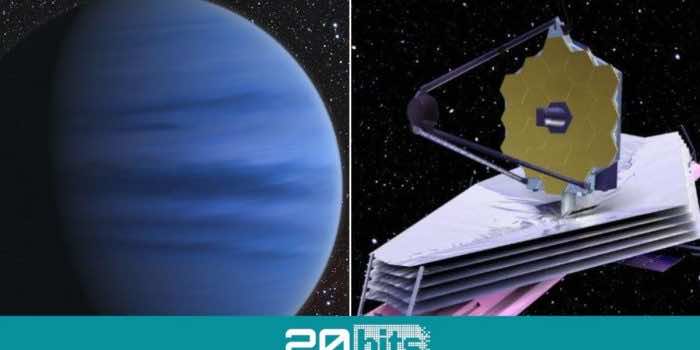We have just witnessed another wonder of NASA’s James Webb Telescope, which has emerged to become a scientific mainstream. It has been reported that the telescope has recently found traces of carbon dioxide on an exoplanet. The exoplanet, dubbed WASP-39b, discovered in 2011, is renowned for encountering different transitions with its inflated atmosphere. NASA has made a revelation about CO2 discovered on this exoplanet in a press release on Thursday and has stated that the milestone became possible through the technique called “Webb’s Near-Infrared Spectrograph (NIRSpec)”.

The approach, NIRSpec, is intended to use filtered starlight to record the shreds of evidence of carbon dioxide found on the surface of this exoplanet. However, researchers can easily adjust the differences in brightness levels through a spectrum of wavelengths. With this process, they can easily determine the configuration of the atmosphere that eventually made them able to detect carbon dioxide. Zafar Rustamkulov, a graduate student at Johns Hopkins University and member of the JWST Transiting Exoplanet Community Early Release Science team, who is also part of the investigation team, said, “As soon as the data appeared on my screen, the whopping carbon dioxide feature grabbed me. It was a special moment, crossing an important threshold in exoplanet sciences. “

James Webb Telescope has captured the attention worldwide due to its magnanimous capabilities in just a short span of time, as it was just launched last year on December 25, 2021. With its 21-foot gold-coated mirror, the telescope can now explore the tiniest of details, and the same happened with this “transiting” exoplanet, also known as WASP-39b. Through transmission spectroscopy, the presence of carbon dioxide has been determined. However, it should be noted that the gases, including methane, water, and carbon dioxide, fall in the range of 3 to 5.5 microns of the transmission spectrum.

Natalie Batalha, of the University of California at Santa Cruz and leader of the research team, said, “Detecting such a clear signal of carbon dioxide on WASP-39b bodes well for the detection of atmospheres on smaller, terrestrial-sized planets.” On the other hand, some important details regarding this exoplanet are worth noticing. You would be amazed to know that the planet is 700 light years away from Earth and contains a mass equal to one-quarter of that of Jupiter.
Hence, the James Webb Telescope has made a remarkable discovery and has again thrilled astronomers and space enthusiasts across the world with its extraordinary capabilities, along with great attention to detail.


